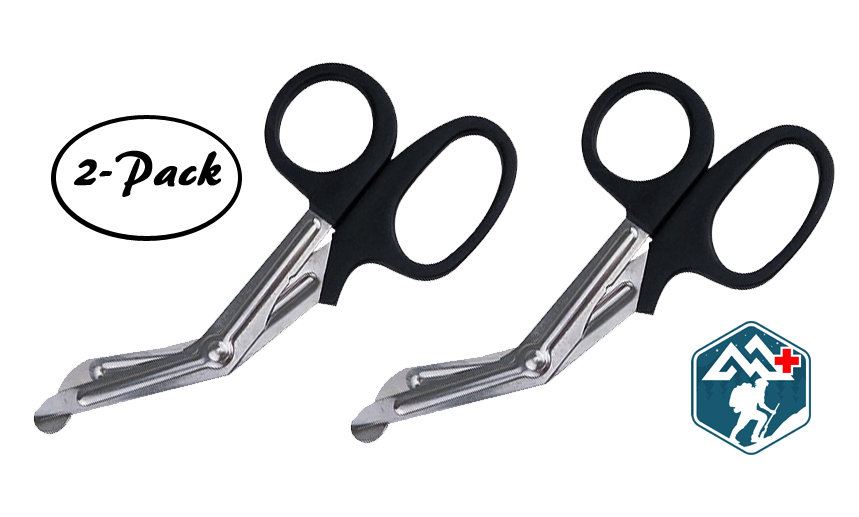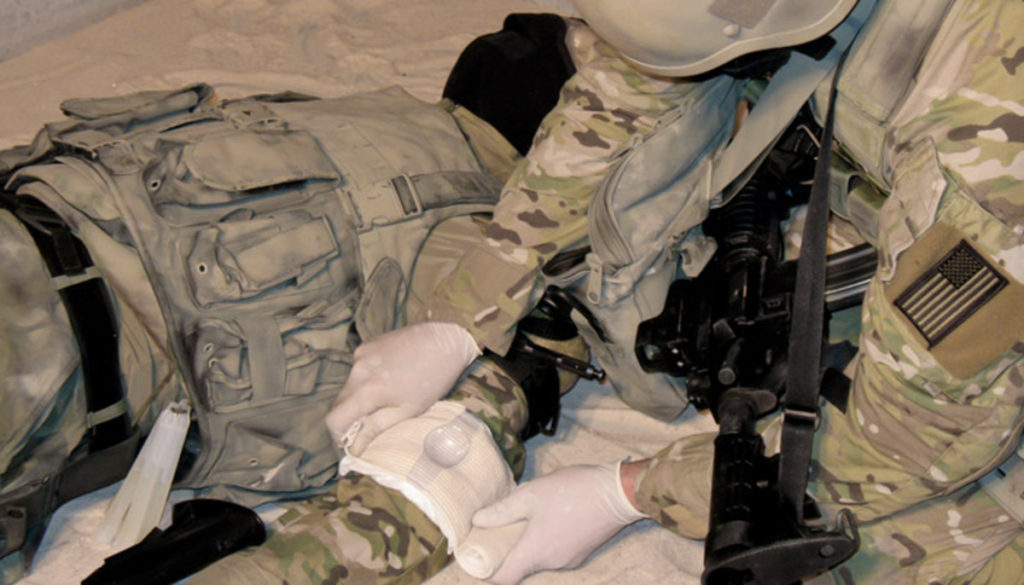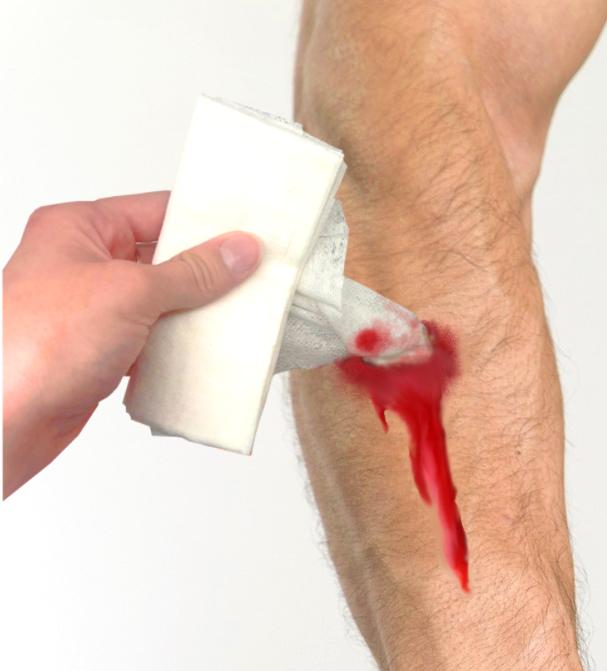There are a lot of medical kits on the market and some are better than others. Here are some things that are very important to include in your medical kit when you purchase. If these items are not in your IFAK (Individual First Aid Kit) already, it’s a simple thing to add them so you are prepared for a Trauma Emergency.
Number 1: Gloves
Trauma medicine often involves all manner of bodily fluids, so keeping yourself safe from disease while trying to take care of a stranger is a great idea. Having gloves in your kit gives you a way to remain safe but also save the life of a person in great need. DO NOT USE BLACK GLOVES! They might be “tactical” but make it hard to do a proper blood sweep.
Having multiple pairs of gloves helps because not only do you have a spare pair for a helper, but if you tear the gloves in your hurry to get them on, something that has happened to me on multiple occasions, you at least have a backup pair available.
Number 2: Trauma Shears
A lot of kits leave out this important tool. The most common use of the shears is to cut away clothing to expose the wound. It is always quicker to cut than take or tear off clothes This is important so you fully understand the seriousness of the wound, and correctly identify whether it’s life-threatening. This allows you to decide on the proper treatment for each individual wound.
But shears are a multiple-use item that can be used for anything you can think of like cutting seatbelts to extract a driver from a burning car or as a windlass for a tourniquet.
Number 3: Pressure Dressing
Your kit should include a quality pressure dressing. These can come in many different forms, from the Olaes Modular Pressure Bandage and the PerSys Israeli Bandage, to the NAR ETD, or if you are on an especially tight budget, your kit should have at the very least, an elastic bandage (Ace wrap) so that you can make your own with some gauze.
A good pressure dressing is important for treating wounds in the junctional areas of the body, such as your neck, armpits and groin. It’s impossible to control life-threatening hemorrhaging in these areas with a tourniquet, so having multiples is a good idea when possible.
Number 4: Wound Packing Gauze
This is an important thing to have when using a pressure dressing. Packing this gauze deep into the wound applies pressure to the blood vessels helping the bleeding to stop.
Ordinary Kerlix works fine but you can increase the effectiveness of this method by using QuikClot. This gauze has been impregnated with a hemostatic agent which simply means it helps the blood to clot more quickly so bleeding is more effectively controlled.
Number 5: 1 (or more) Quality Tourniquet(s)
Severe bleeding is not only an emergency that will kill you quickly, it’s also the simplest life-threatening injury to treat with minimal training, provided you have the right tools. The most important tool for controlling major bleeds is of course a TQ (Tourniquet). You can only treat one arm or leg per TQ so having multiples is wise.
It’s not enough to have a TQ in your kit. You need to make sure that it is in fact quality (CAT and Sof T are top choices) and not a cheap Chinese knock off that will get you killed. These are not suitable for saving your life and I find them in many kits sold by companies that are not aware of this dangerous difference.




Great Share! I’m impressed, I must say. Really rarely do I encounter a blog that’s both educative and entertaining, and let me tell you, you have hit the nail on the head. Your idea is outstanding; the issue is something that not enough people are speaking intelligently about. I am very happy that I stumbled across this in my search for something relating to this.
I really to find more on this subject I have sbuscribe to check. Also, splendid article. I want to read more of the columns on this wonderful website. more power and goodluck
Thank you for the feedback and glad you found it useful.
Thank you so much!